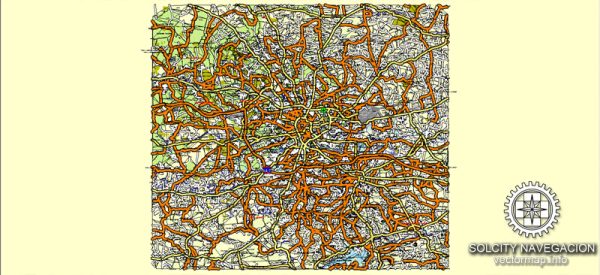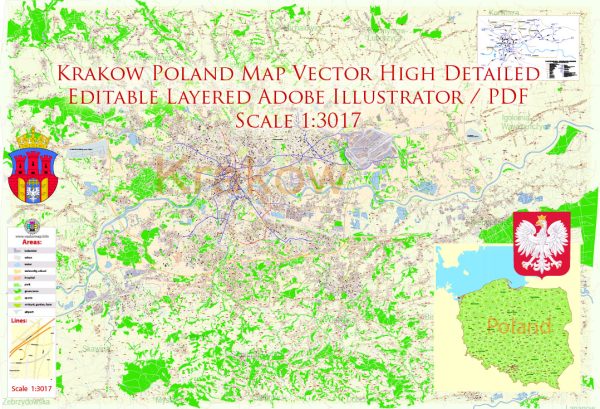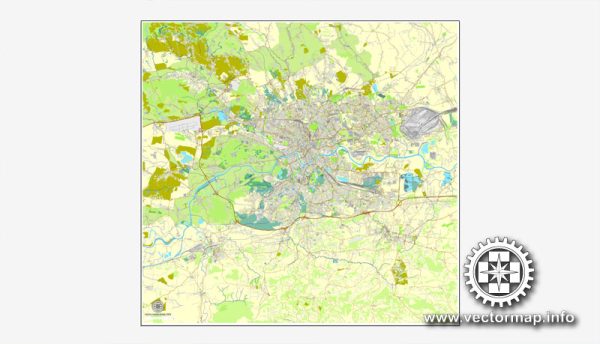Krakow, one of Poland’s oldest and most prominent cities, has a rich history of urban development that spans over a millennium. Here is a brief overview of the key historical periods in the urban development of Krakow:
- Early History (7th-8th centuries): The origins of Krakow date back to the 7th century, with evidence of a Slavic settlement on Wawel Hill. The area became an important center for trade due to its strategic location along the trade routes linking the Baltic Sea with the Mediterranean.
- Establishment of the City (10th century): The formal establishment of Krakow is traditionally associated with the legendary figure of Krakus, who is said to have founded the city on Wawel Hill. The city gradually grew in importance, becoming a political and administrative center.
- Golden Age (14th-17th centuries): The 14th century marked the beginning of Krakow’s golden age. It became the capital of Poland in 1038 and retained that status until the end of the 16th century. The construction of important landmarks, such as Wawel Castle and the Cloth Hall (Sukiennice), occurred during this period. The city’s medieval layout featured a market square, defensive walls, and the Royal Route connecting important sites.
- Renaissance and Baroque Period (16th-17th centuries): Krakow flourished culturally and economically during the Renaissance, with the Wawel Cathedral being reconstructed in the Renaissance style. The Baroque period saw further architectural developments, including the expansion of churches and palaces.
- Partition and the Austrian Era (18th-19th centuries): The late 18th century saw Poland divided among Russia, Prussia, and Austria. Krakow became part of the Austrian Empire, and the city’s fortifications were dismantled. The Austrian authorities implemented modernization projects, including the creation of the Planty, a ring of parks surrounding the Old Town.
- Interwar Period and World War II (20th century): After Poland regained independence in 1918, Krakow experienced significant growth and modernization. However, during World War II, the city suffered greatly under Nazi occupation. The Jewish quarter of Kazimierz was systematically devastated.
- Post-War Reconstruction and Communist Era (1945-1989): After the war, Krakow underwent a period of reconstruction. The communist era brought both industrialization and socialist urban planning, with some new districts being developed.
- Post-Communist Era (1990s-Present): Since the fall of communism in 1989, Krakow has experienced a resurgence. The historic center, including Wawel Castle and the Old Town, was designated a UNESCO World Heritage Site. The city has become a major cultural and economic hub, attracting tourists and businesses alike.
Throughout its history, Krakow’s urban development reflects a blend of architectural styles, including Romanesque, Gothic, Renaissance, and Baroque, making it a captivating city with a rich cultural heritage.




 Author: Kirill Shrayber, Ph.D.
Author: Kirill Shrayber, Ph.D.